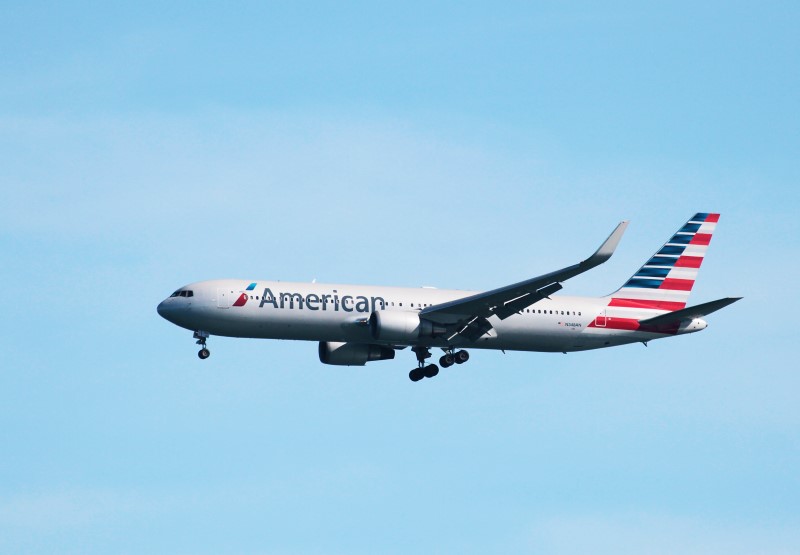Street Calls of the Week
Investing.com -- Citi analysts anticipate a favorable year ahead for U.S. airlines, particularly the network carriers, driven by strong premium demand, advantageous co-branded card agreements, and historically low fuel prices.
In a note Tuesday, Citi highlighted the advantages that network airlines hold over their discount counterparts in 2025.
Citi pointed to the continued outperformance of network airlines, noting that these carriers are generating "higher free cash flow (FCF) and stronger earnings quality" compared to discount airlines, which are grappling with "FCF-poor earnings recoveries."
The analysts favor the Big 3—American, Delta, and United—plus Alaska, all of which demonstrate robust financial health.
They also pointed to three key themes for 2025:
Network Airline Revenue Trends: Citi expects network carriers to continue outpacing discount airlines in unit revenue growth. American Airlines (NASDAQ:AAL), in particular, is said to stand out. Citi observes that American’s recent strategic shift towards corporate customers, similar to Delta’s approach, is yielding positive results.
They explain that "American’s pivot back to more of a Delta-style re-engagement with corporate customers suggests that the carrier’s revenue per available seat mile or RASM bounce is in the early innings." Additionally, they believe an upgraded co-branded card deal for American could further enhance its revenue.
Economic Factors: While inflation and interest rates may not decline significantly, network airlines like Delta and Southwest, with strong balance sheets, are seen as well-positioned to withstand financial pressures. Conversely, Citi cautions that "levered names with high capex to sales such as JetBlue might not see as much of a wind-down in financial pressure."
Fuel Prices: Long-term declines in oil prices, even when adjusted for inflation, offer a tailwind for airlines, according to the bank. Citi notes, "Jet fuel kerosene, as a percentage of revenue, is also down modestly over the past several years," thanks to more efficient fleets and lower oil prices.
